In particular, my algorithms (described in this paper) have turned out to be immediately useful to ESA, and so I'm moving to Germany to deploy them at ESOC. These algorithms analyse a time-series of ephemerides and detect changes in it, e.g. caused by explosions, collisions or other events that physically affect the object. I'm really glad I got to work on this because the same algorithms are used to monitoring health of physical systems, e.g. satellites. My ultimate ambition is to work in spacecraft operations, and this experience will come in useful.
|
I was employed on a project aimed to improve the accuracy with which we can predict the re-entry of derelict rocket bodies in a particular type of orbit (geostationary-transfer orbit, GTO). This is a notoriously difficult but important problem - at present, we cannot issue any actionable warnings to mitigate the risk such re-entries pose to the ground population. I explain more about the topic in this article. This project wasn't aimed at delivering concrete solutions to improve the re-entry prediction accuracy. However, we did a pretty good job at it and we've been paid to take our research up a notch and incorporate the software that we've developed into existing code base at the European Space Operations Centre.
In particular, my algorithms (described in this paper) have turned out to be immediately useful to ESA, and so I'm moving to Germany to deploy them at ESOC. These algorithms analyse a time-series of ephemerides and detect changes in it, e.g. caused by explosions, collisions or other events that physically affect the object. I'm really glad I got to work on this because the same algorithms are used to monitoring health of physical systems, e.g. satellites. My ultimate ambition is to work in spacecraft operations, and this experience will come in useful.
0 Comments
I presented the work that I did as part of an ESA-funded contract a few month ago. My main task there was to analyse the ephemerides of man-made satellites (positions of objects in-orbit around the Earth), and filter out the erroneous ephemeris points (sometimes such incorrect data points are published). These filtered data are then used to predict when (and, consequently, where) an object will fall on to the Earth's surface. Currently we aren't very good at predicting this and our task in this contract was to improve the accuracy of these re-predictions. Right now, when a satellite re-enters, we cannot confidently tell you whether a few metre diameter ball of titanium will fall on your house from the sky with no prior warning. If we improve the prediction accuracy, we might be able to warn you in advance so that you can find some shelter. That's the gist of it, however no-one has ever been killed by a piece of space debris falling from the heavens.
Turns out that my work is crucial to improving the re-entry prediction accuracy, and it feels great to have made a difference. You can download both my paper and presentation, in their final versions, from here. It felt hugely rewarding to have done work that is appreciated by the community and that contributes to improving the safety of spaceflight. I had the pleasure to attend the 1st Symposium on Space Educational Activities in Padova, Italy. It was an event that brought many students and educators from across Europe to present their projects, which use Space to enhance tertiary education.
I do believe that space-oriented, hands-on projects are great for educating not only engineers and scientists, but virtually everyone. One of the side projects, which I've started, the University of Southampton Small Satellite, serves exactly this purpose. I presented a paper, where we describe how building a small satellite improves the way engineering and science students are taught. We also mention how a project like this proves to be an inspiration to fine art students, and how it could even be used to educate lawyers or business students. Pieces of space junk I was having a coffee with a friend of mine this morning and came up with this haiku, which pretty much sums up what my PhD is all about. I'm rather proud :)I just published my first article in a peer-reviewed journal, Advances in Space Research. It treats about how Active Debris Removal, even if performed despite all the political and technological issues with it, may not prevent the growth of the number of debris in orbit.
But hang on a minute, don't people say that the only way to preserve key orbits for future use is to perform ADR? Well yes, they do. And this is why it's important to make people aware of the fact that ADR may be insufficient to achieve what it's intended to achieve. Whether it's necessary is a whole different question altogether. I'm very happy to be part of the team; especially because I've temporarily moved to Spain to work with other colleagues.
I was browsing the Global Trajectory Competition portal looking for some slides for work in the morning and came across a way of making XKCD-style images in Python. I used to love and use Python a lot, even for fun, anyway. But now it's even more fun! This will correlate well with how much time I'll spend writing Python scripts for the hell of it. If you want the source code that reproduces this plot it's on my GitHub. In the same repository you can get a high-res version of the plot (I can't believe I actually pay them to host this and can't seem to upload high-res images).
I just published my first book, which is an adaptation of my Individual Project (equivalent of a Bachelor's thesis). It's about a system-level study of putting solar power plants in Earth orbit and using them to generate electricity planet-side.
You're of course cordially invited to buy it. Alternatively get in touch with me and I may have some copies to spare. I'd like to take this occasion to thank Analytical Graphics Inc. and Remote Sensing Applications for allowing me to use their software in preparation of this book. Quick search details are:
As the ESA Education funded students at the International Astronautical Congress we had to do outreach with pupils from Toronto schools. It was a great experience, besides it was genuinely fun.
One of the things I was involved in was assisting pupils in coming up with short stories about aliens, illustrating and writing them up in the form of comics. One of the pupils, a little girl (approx. 11 years old) whom I was looking after didn't fancy drawing a comic, but she really wanted to just draw. I thought it was fair enough and told her to just take a blank sheet of paper and draw whatever she wanted. Eventually she showed me her work - it depicted two aliens, obviously fighting, and a spaceship; all of this surrounded by flames. I must say I was somewhat surprised, a bit worried even, so I asked her for some clarification. I almost wish I hadn't. Both aliens were indeed fighting. One of them, a female wanted to fly the spaceship while the other, a male, would never let her. The direness of the situation was depicted by the flames surrounding everything. Why would an 11 year old come up with something like this? Why is our society so deeply flawed that even children face, and hence realise, the social norms that dictate what they should and shouldn't do based on their sex? Next time you have a chance to do something about this please remind yourself of this story. There are simply too many reasons why this is a good thing to do to mention them all. On a more personal note: I've been a very keen sailor for man years and am currently following a round-the-world regatta, the Volvo Ocean Race. Sailing around the World is potentially the hardest, most challenging thing one can do. And this is the team I'm a supporter of.
If you're interested in my paper please have a read. I'd welcome any comments, remarks or questions that you may have about it.
I was lucky enough to attend the IAC as one of several students sponsored by the European Space Agency's Education Office. This was a great opportunity to network with ESA staff, including the Director General, and other students from across Europe and other agencies participating in the International Space Education Board (ISEB). It was a great experience and I'm thankful to those choosing me. I'd definitely recommend to try and attend future IACs under ESA funding. |
AuthorUntil recently, I have been doing a doctorate at the University of Southampton. Thus, a lot of this blog is mainly about my research that I did there. If you want to find out more about myself instead, please have a read. Categories |
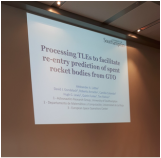
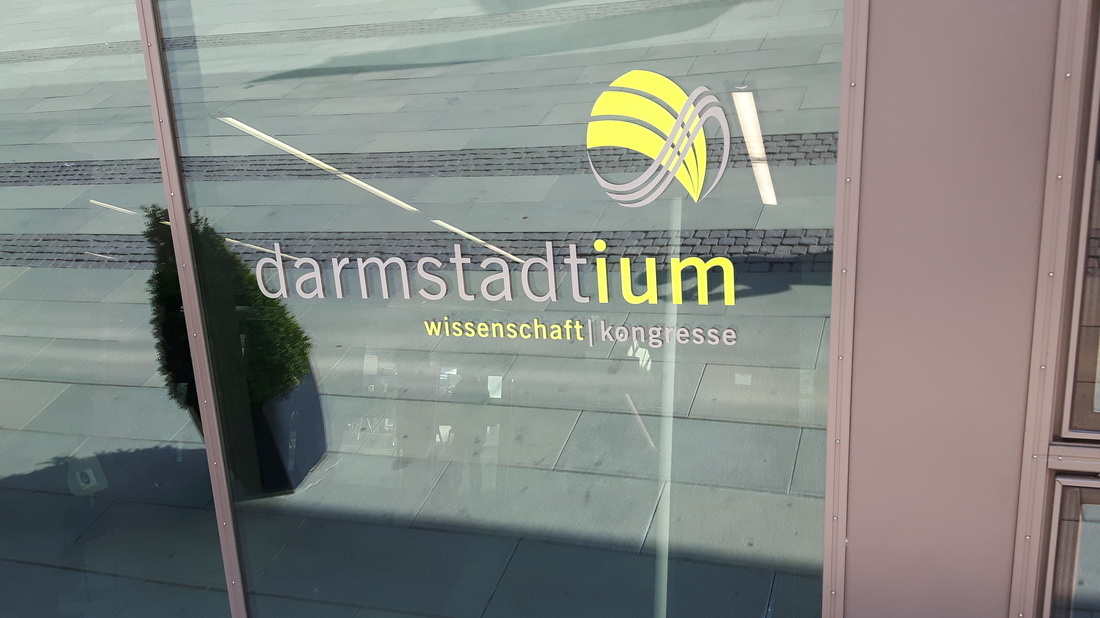
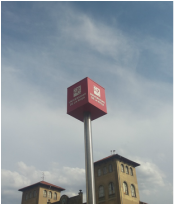
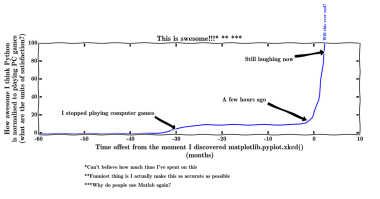
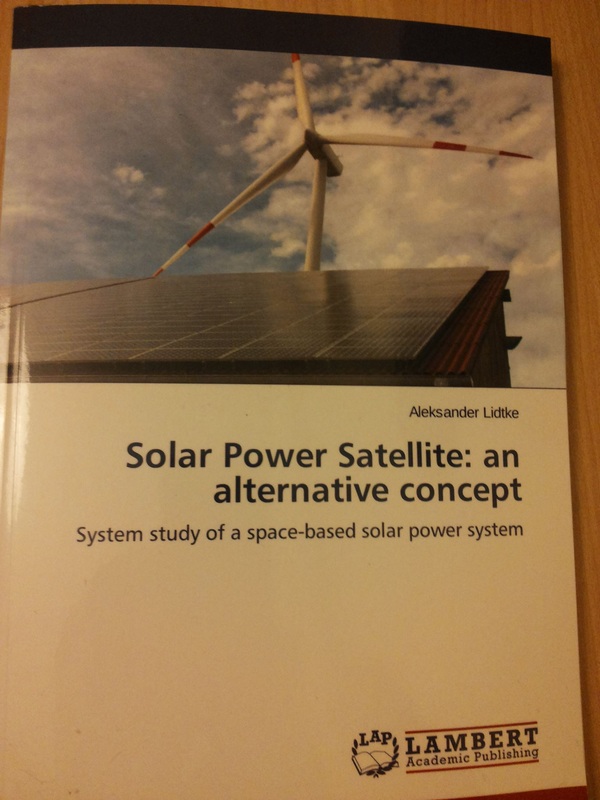
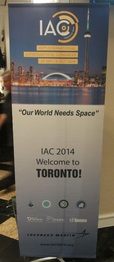
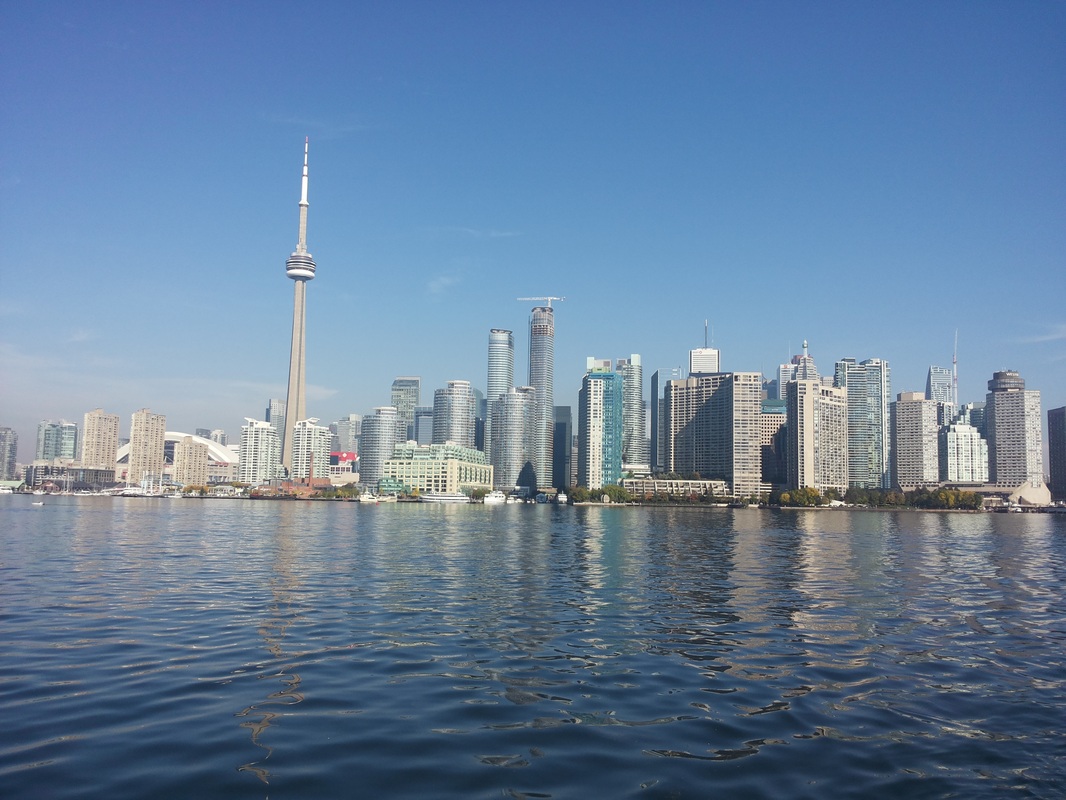
 RSS Feed
RSS Feed
